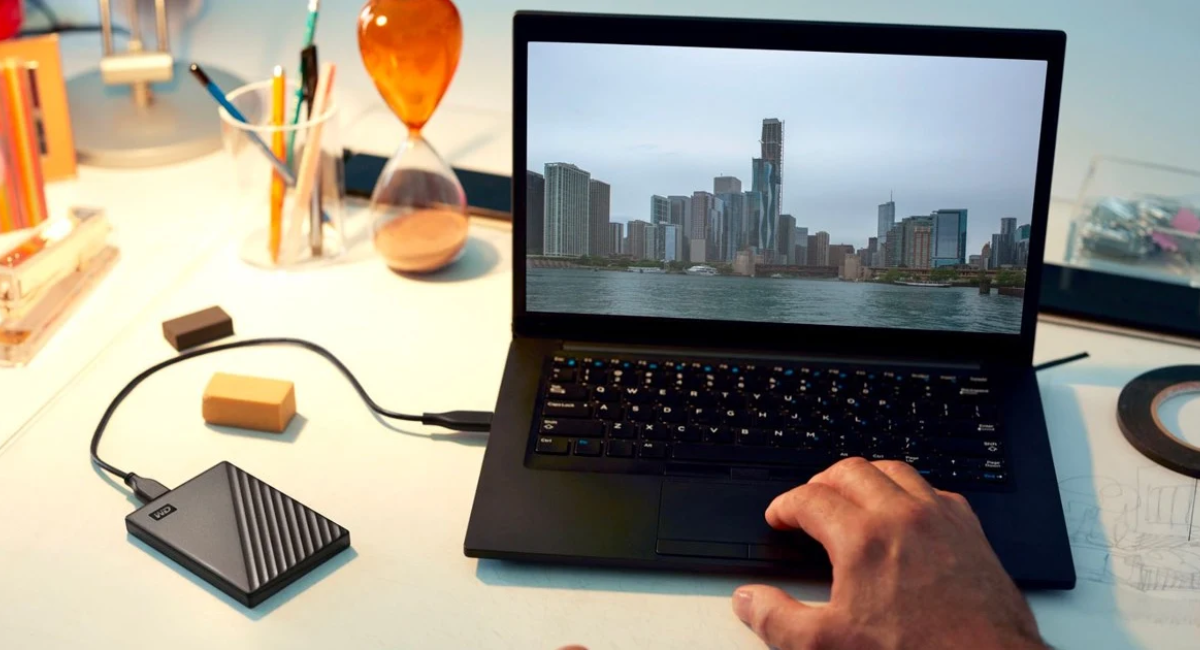External hard drives are popular storage devices used for backing up data, expanding storage capacity, and transferring files between computers. However, like any electronic device, external hard drives can encounter issues that may require repair or maintenance. In this article, we will discuss common problems with external hard drives and provide tips for repairing and maintaining them.
Common External Hard Drive Issues:
- Data Corruption or Inaccessibility: Data corruption or inaccessibility is a common issue with external hard drives. It can occur due to file system errors, physical damage, or improper ejection of the drive.
- Slow Transfer Speeds: Slow transfer speeds can hinder efficient data transfer and backup processes. This issue can be caused by various factors, including the USB port version, cable quality, or drive fragmentation.
- Clicking or Grinding Noises: Unusual clicking or grinding noises coming from the external hard drive can indicate a mechanical problem. It may suggest issues with the drive’s internal components, such as the read/write heads or motor.
- Recognition Problems: Sometimes, external hard drives may not be recognized by the computer or operating system. This can occur due to driver issues, conflicts, or faulty USB ports.
Troubleshooting Tips:
- Check Physical Connections: Ensure that the USB cable is securely connected to both the external hard drive and the computer. Try using a different USB port or cable to rule out potential connectivity issues.
- Update Drivers: Visit the manufacturer’s website and download the latest drivers or firmware for your external hard drive. Outdated drivers can cause compatibility issues and impact the drive’s performance.
- Run Disk Check and Repair Utilities: Use disk check and repair utilities provided by the operating system (such as CHKDSK for Windows or Disk Utility for macOS) to scan and repair file system errors on the external hard drive.
- Use Data Recovery Software: If you encounter data corruption or inaccessibility issues, consider using data recovery software to retrieve lost or inaccessible files. Ensure to follow the software’s instructions carefully to avoid further data loss.
- Perform S.M.A.R.T. Check: S.M.A.R.T. (Self-Monitoring, Analysis, and Reporting Technology) is a monitoring system that can detect potential drive failures. Use S.M.A.R.T. diagnostic tools to check the health status of the external hard drive.
- Fragmentation and Optimization: Regularly defragment and optimize the external hard drive to improve its performance. This can be done using built-in operating system tools or third-party software.
- Backup Important Data: Regularly back up important data stored on the external hard drive to prevent data loss in case of drive failure or other issues. Consider using cloud storage or additional backup drives for redundancy.
- Avoid Rough Handling: Handle the external hard drive with care, avoiding drops, impacts, or exposure to extreme temperatures. Rough handling can cause physical damage and impact the drive’s functionality.
- Contact Manufacturer or Professional Repair Services: If the troubleshooting tips mentioned above don’t resolve the issues or if you suspect physical damage, it is recommended to contact the manufacturer’s customer support or seek professional repair services. They can provide guidance or repair options specific to your external hard drive model.
Regularly maintaining and repairing external hard drives can help extend their lifespan and ensure reliable data storage and transfer. It is important to backup important data, use reliable cables, and handle the drives with care to prevent unnecessary issues. By following these tips and seeking professional assistance when needed, you can optimize the performance and reliability of your external hard drives.




Leave a Reply